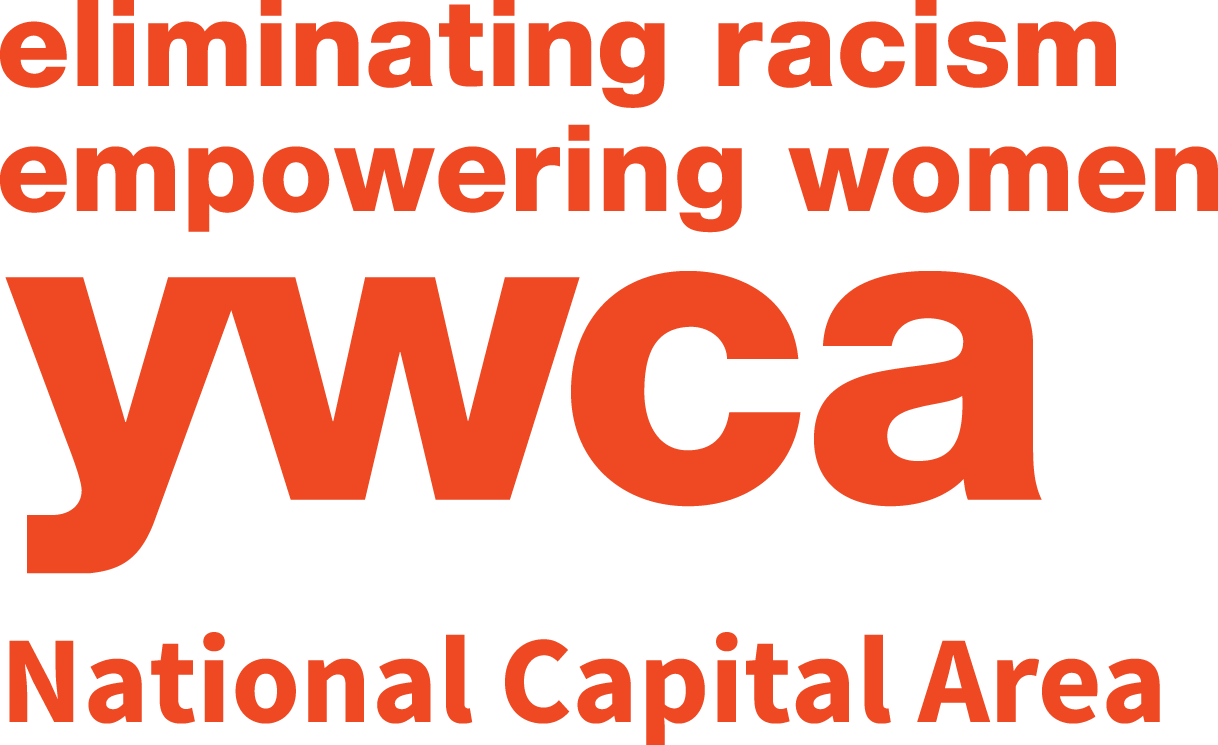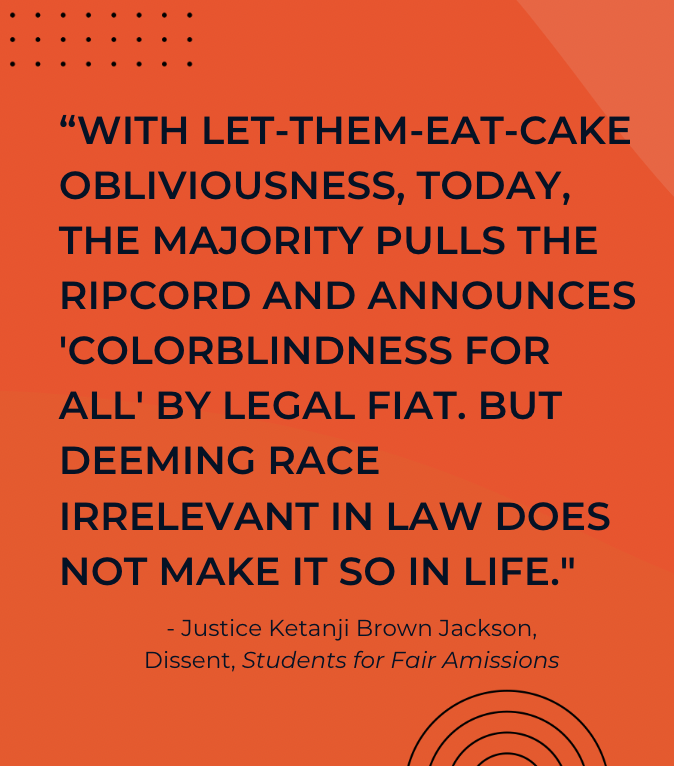Affirmative Action. Let’s Talk About it.
Affirmative action. Let's talk about it.
Affirmative action is defined as a set of procedures designed to eliminate unlawful discrimination among applicants, remedy the results of such prior discrimination, and prevent such discrimination in the future. The term was first coined by President Kennedy in a 1961 Executive Order.
In the 60+ years since, affirmative action has been upheld as constitutional by the Supreme Court, and has become an incredibly important tool for ensuring students of all backgrounds, particularly BIPOC students, have the opportunity to attend higher educational institutions. Affirmative action allowed Colleges and Universities to consider race, among many other factors, when admitting applicants – which in turn gave qualified, but historically unrepresented, students the chance to receive a higher education at an institution from which they otherwise may have been systematically excluded.
However, last year in Students For Fair Admissions, Inc. v. President And Fellows Of Harvard College (2023), The Supreme Court overturned decades of precedent, holding that admissions offices around the country will no longer be allowed to consider race when admitting candidates to their university. The majority opinion took a “colorblindness” approach, touting that students should not be judged based on race, but rather on their qualifications, and that we as a country no longer need to right racial injustices that were long ago remedied. While aspirational, this is not the reality for Black and Brown students living in America. As Justice Ketanji Brown Jackson aptly said in her dissent, “With let-them-eat-cake obliviousness, today, the majority pulls the ripcord and announces 'colorblindness for all' by legal fiat. But deeming race irrelevant in law does not make it so in life."
This Black History Month and always, we vow, as an organization and a community, to see color. We recognize the real life implications of being Black in America. We know that racial inequality still permeates every institution and system in our country. And we know that the progress we’ve made as a country toward racial equality shows, in part, how constitutional protections for marginalized communities are working – not that they are no longer needed.
Our students, our community, and our country deserve better.

